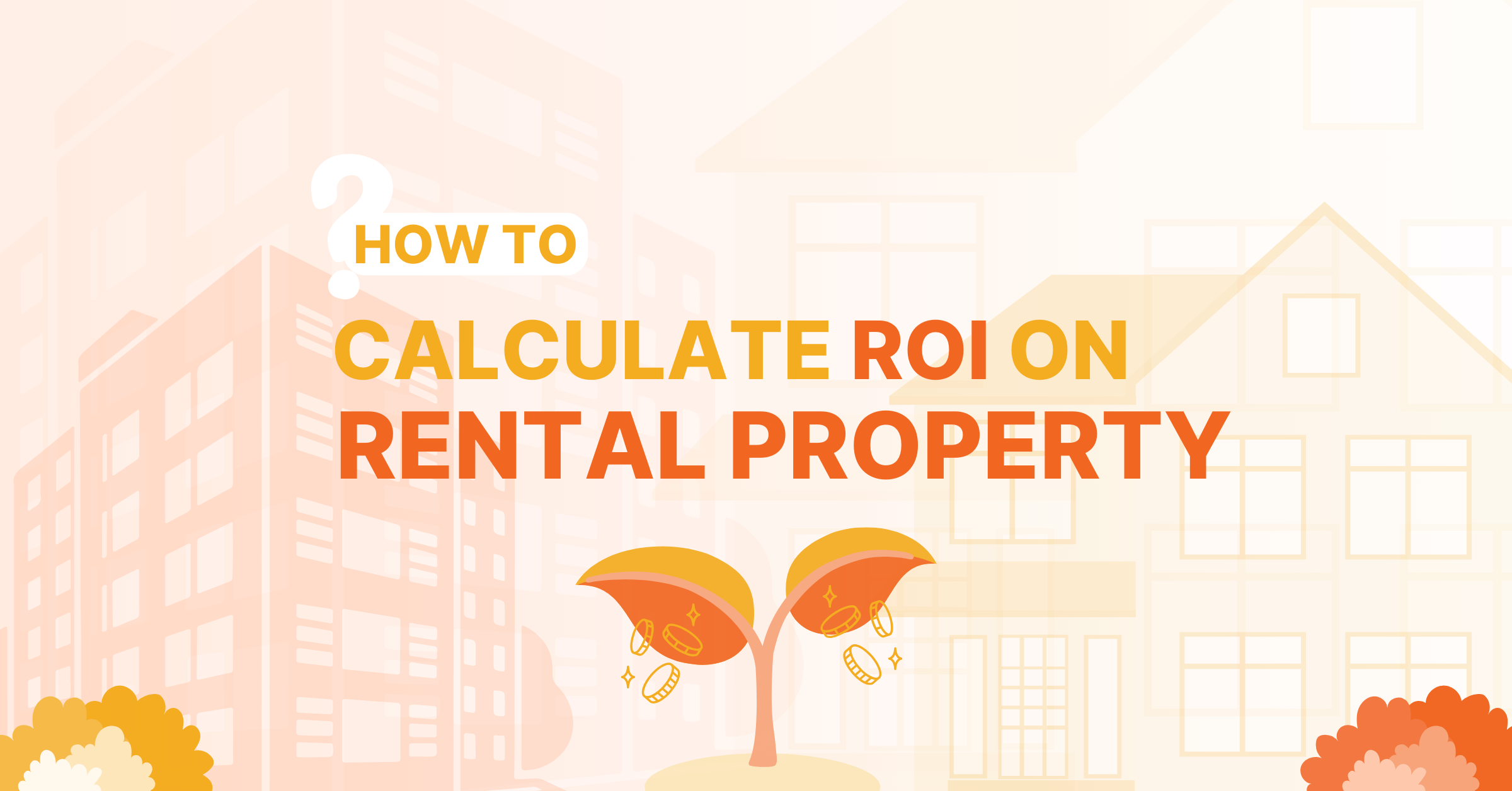Are you paying more than your fair share in property taxes?
Every year hundreds of thousands of American properties are overvalued by local taxing authorities. The higher the value, the more you’re going to pay in property taxes. And if you own investment properties, you could be hit extra hard by paying more than necessary on multiple properties.
But there is a way to correct this overvaluation and lower the property taxes on your investment properties. You can do it yourself in five simple steps.
Step 1: Find Your Current Taxable Values
To know if your investment properties are overvalued for property tax purposes, you first need to know how much your local assessor estimates your properties are worth. This number is called the "assessed value" or "taxable value,"(depending on your state).
This value will be listed on your annual property tax statement. But if your statements are mailed directly to your loan service provider for payment, you might not ever see these statements. Luckily, online software applications like, PropStream makes it easy for you to find property tax information.
Step 2: Decide if the Taxable Values Are Too High
Once you have your assessed values, you can determine if the values are too high by running comps. For the best results, you need MLS data so you can compare as many recent property sales as possible.
PropStream can generate instant comps using parameters you set. For the most accurate comps for property tax purposes, make sure you filter your search to properties that sold within three months of the lien date (the date the assessor used to determine your taxable value for the year).
Step 3: File Property Tax Appeals
If your comps indicate that the taxable values on your properties are too high, you can file a property tax appeal with your local assessment appeals board.
Most counties have a simple form you can download from their assessment appeals board website. Just make sure you file the appeals before your local deadline to be eligible for potential tax reductions.
Step 4: Prepare Your Cases for the Board
Once your local board has reviewed your appeal application, they will schedule a hearing, at which you can present your case for a taxable value reduction. All you need to do is print your comps and explain how they indicate a lower taxable value. The PropStream Comp Generator Tool provides perfectly formatted documentation of your comps, ready to be presented to the board.
Insider tip: you can often avoid the formal hearing by reaching out to your board and emailing your comps to the assessor’s appraiser ahead of the hearing. If you can agree on a new taxable value, a formal hearing won’t be necessary.
Step 5: Collect Your Savings
All you have to do now is watch for your tax savings. Your savings might come in the form of a reduced tax bill or, if you’ve already paid your taxes, they’ll come as a tax refund. If your loan service provider pays your property taxes, the savings will probably be mailed directly to them. Make sure to let them know when you get your property taxes lowered so they can credit the savings to your account.
Repeat this process every year to keep your property taxes as low as possible on your investment properties.



